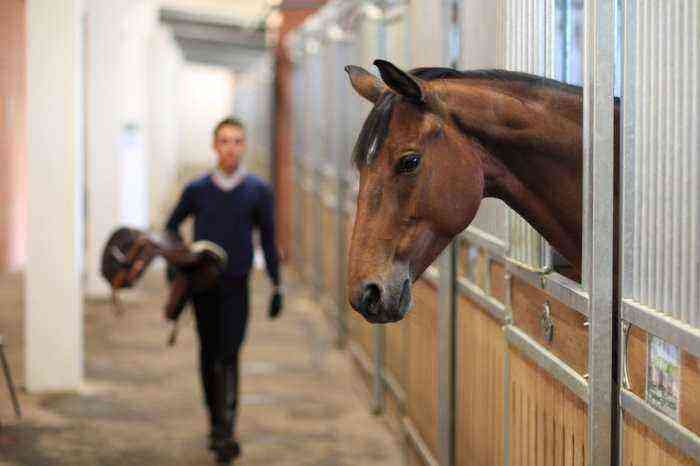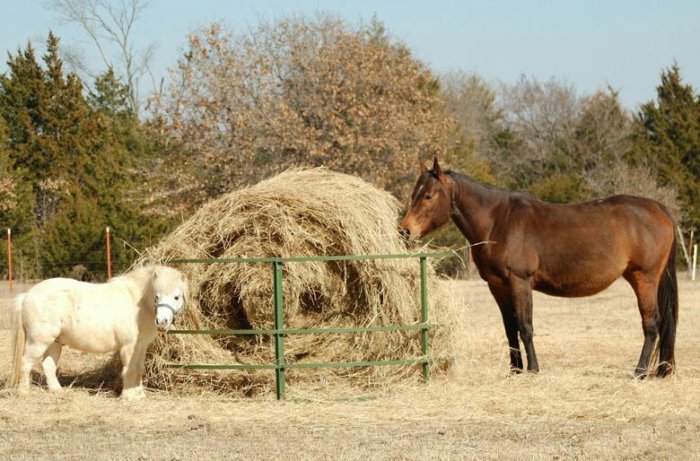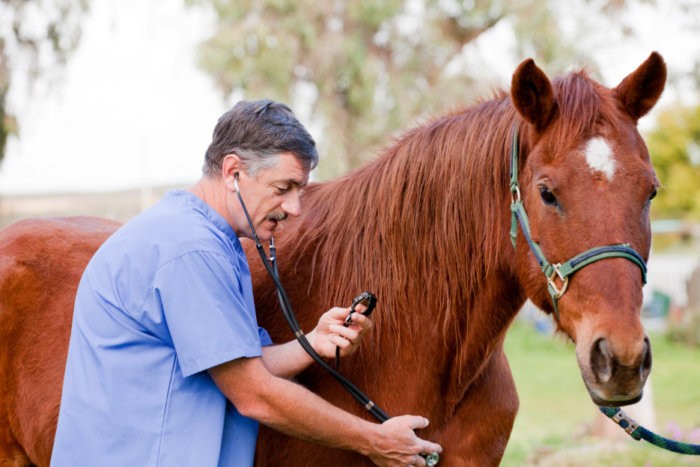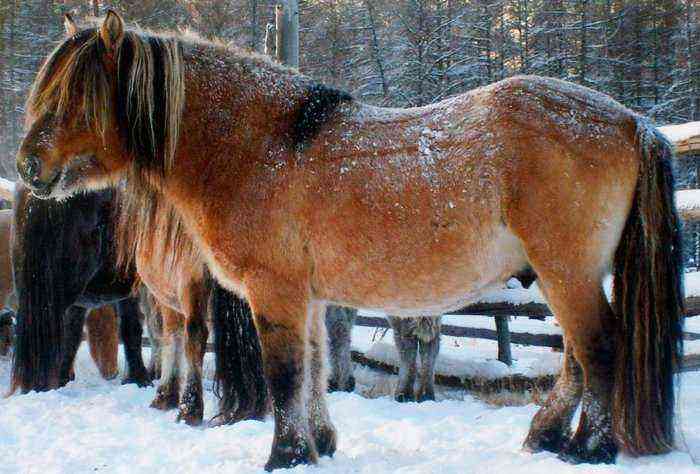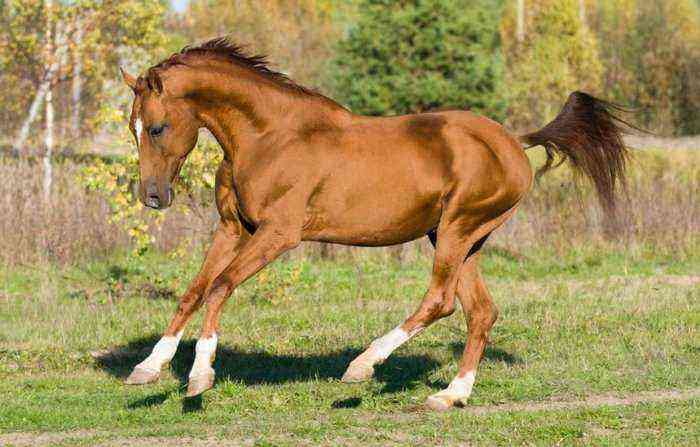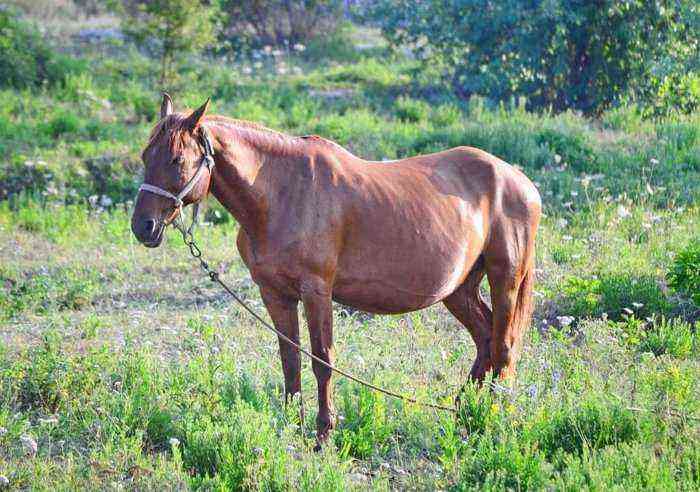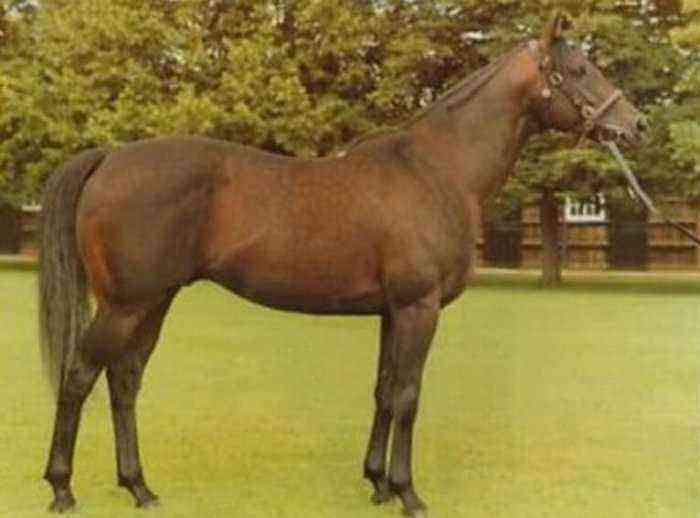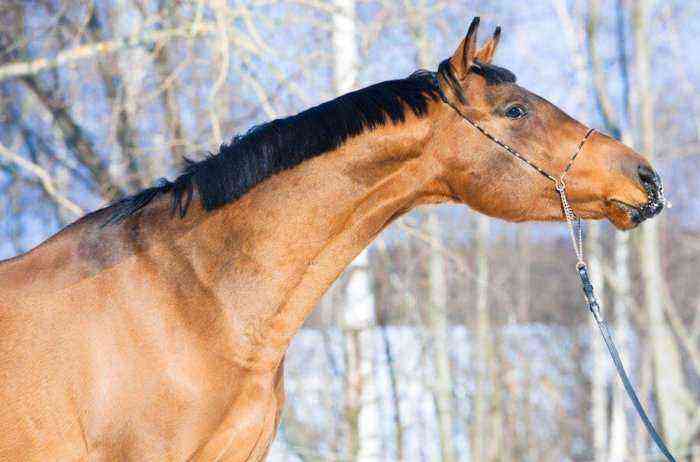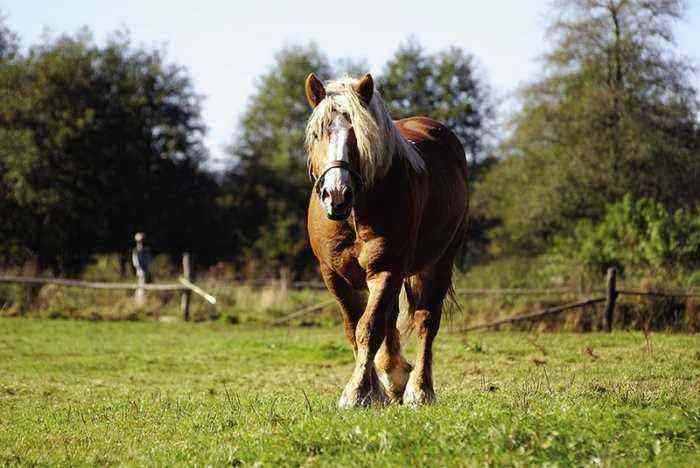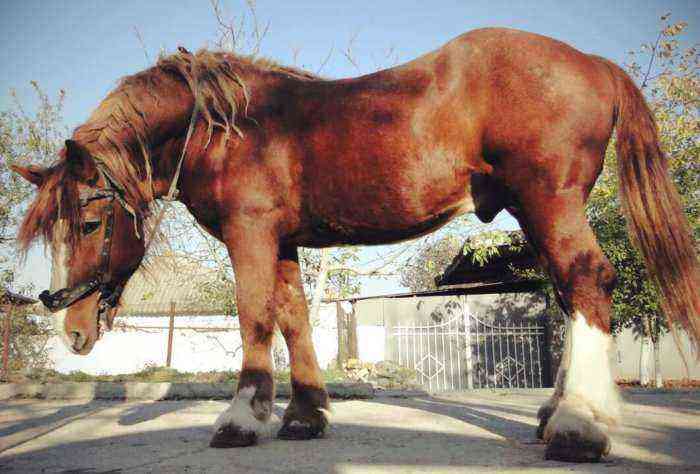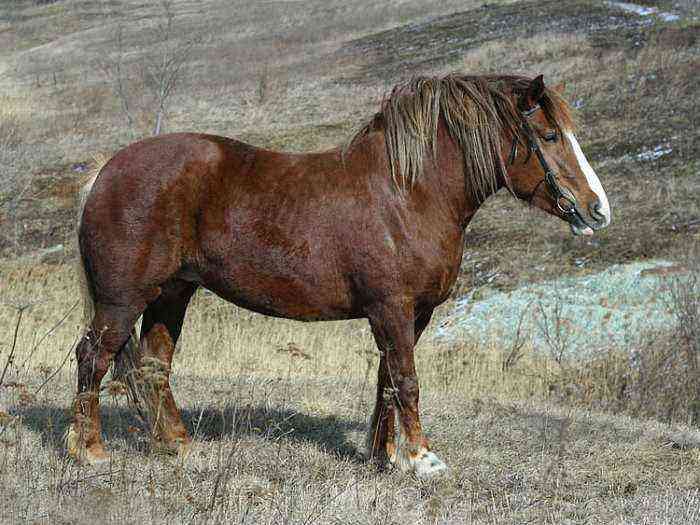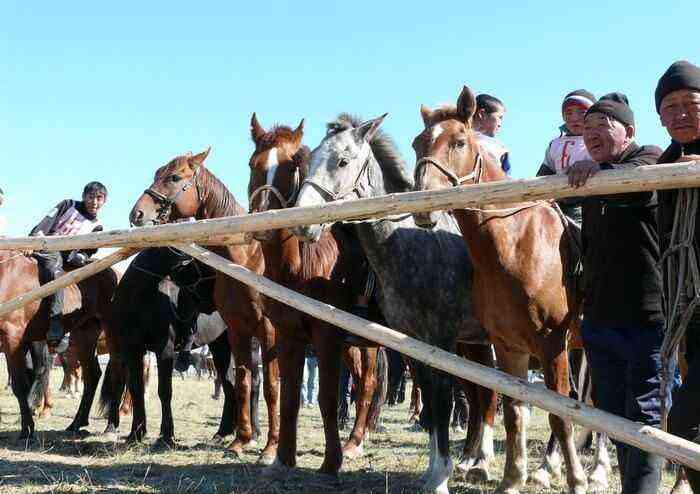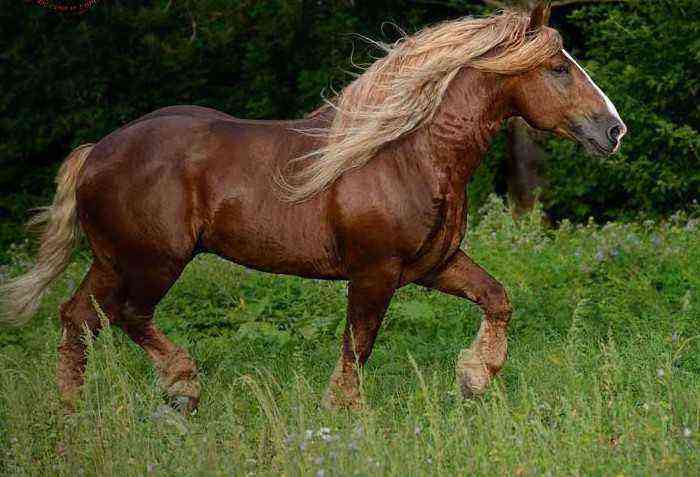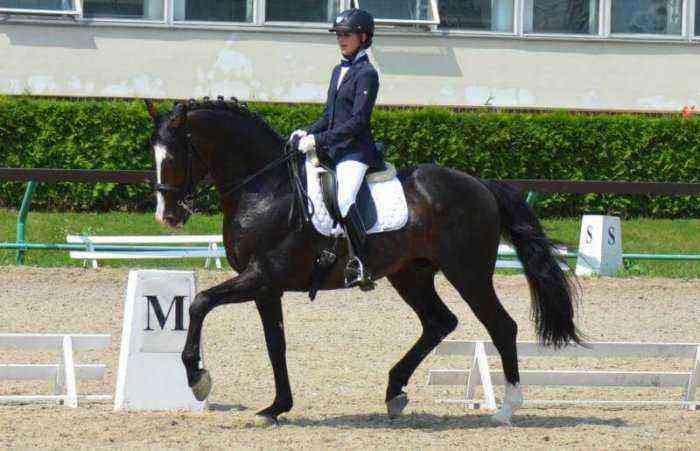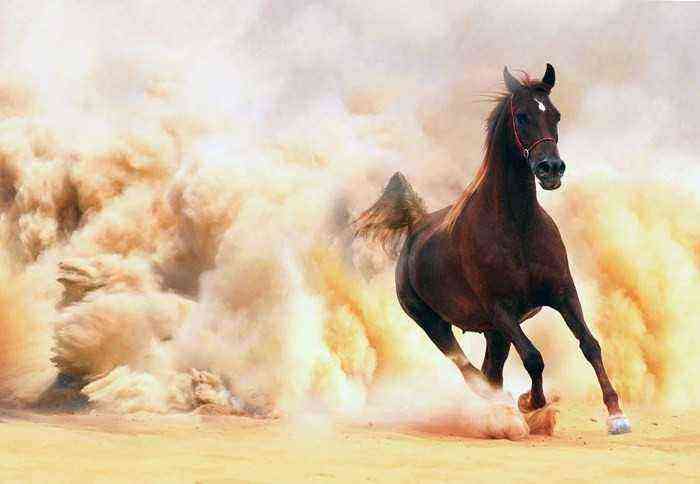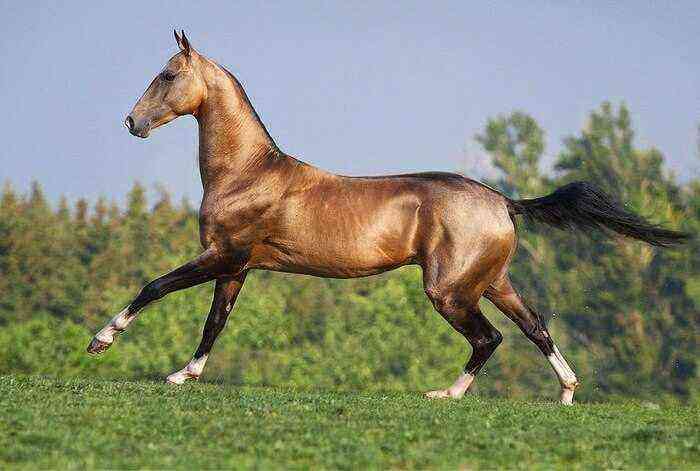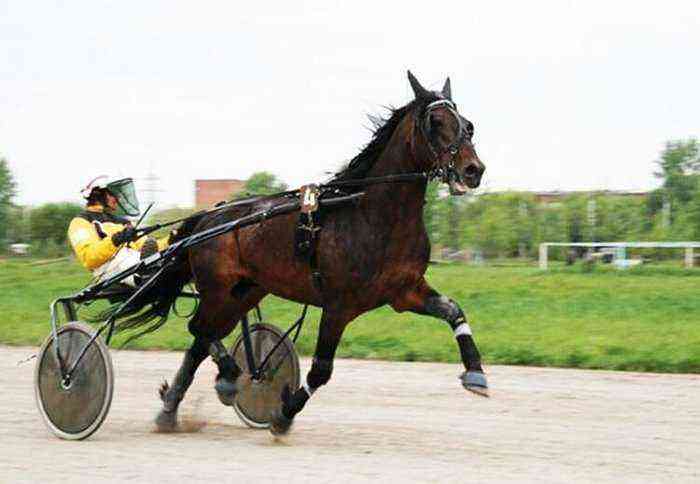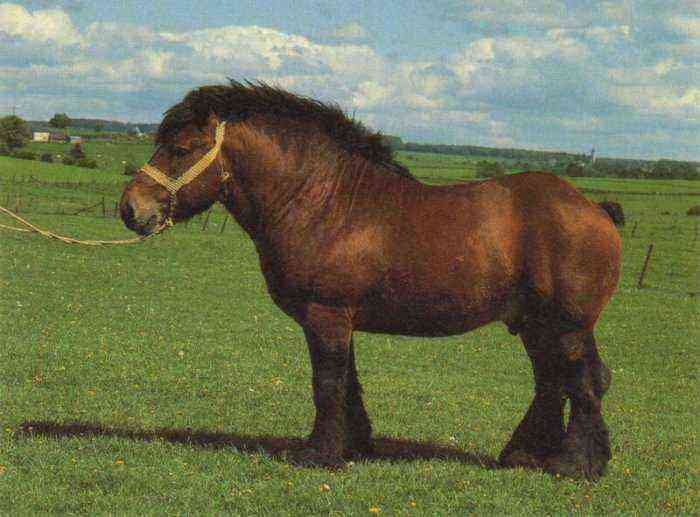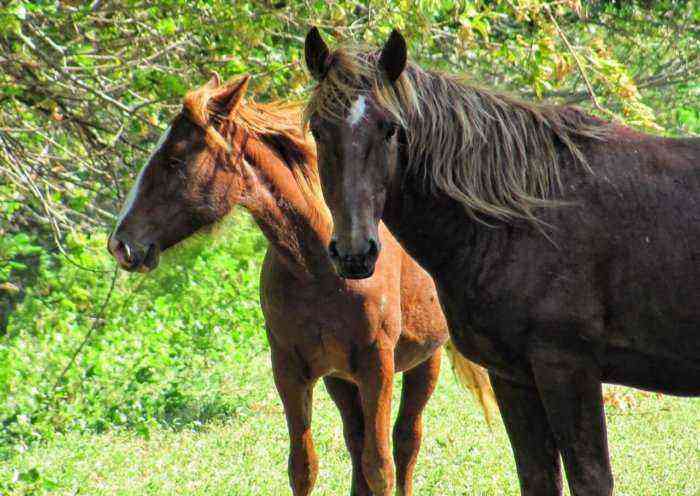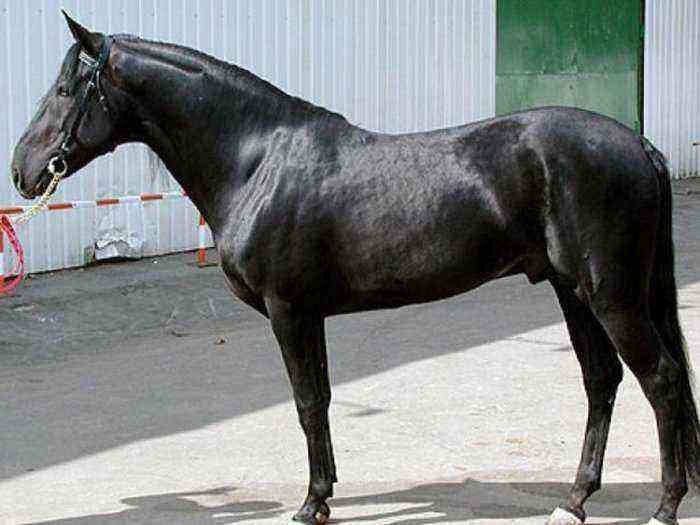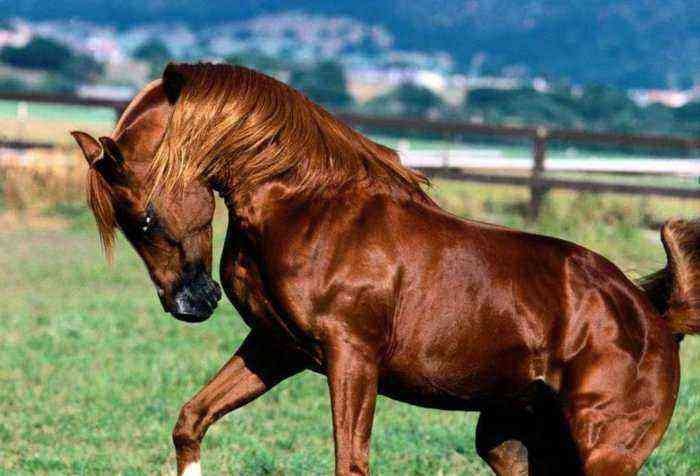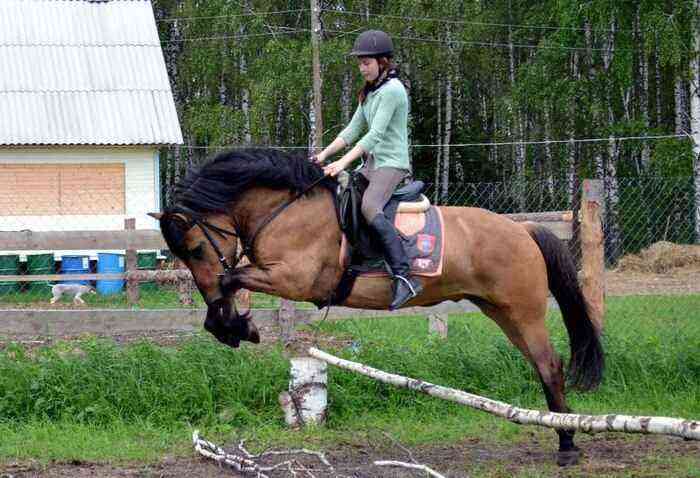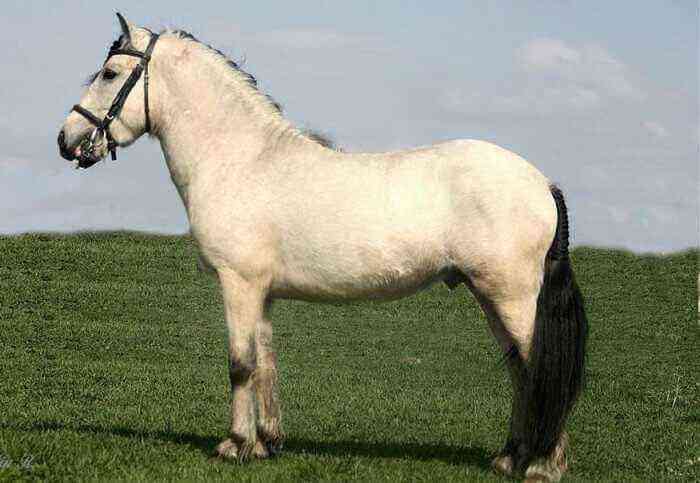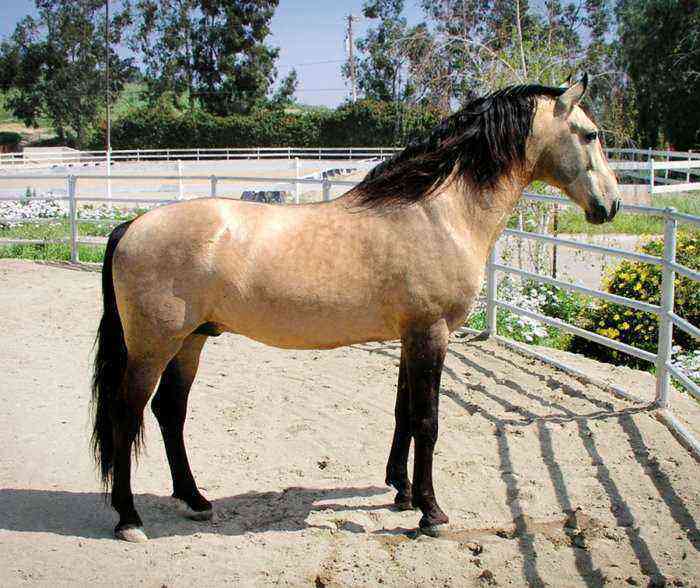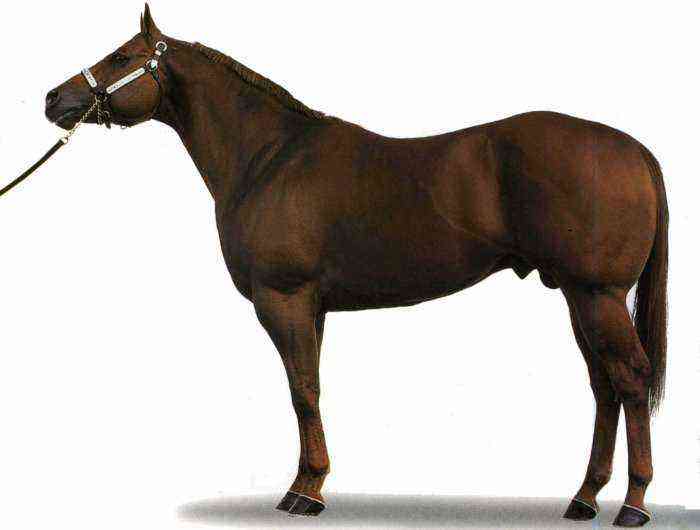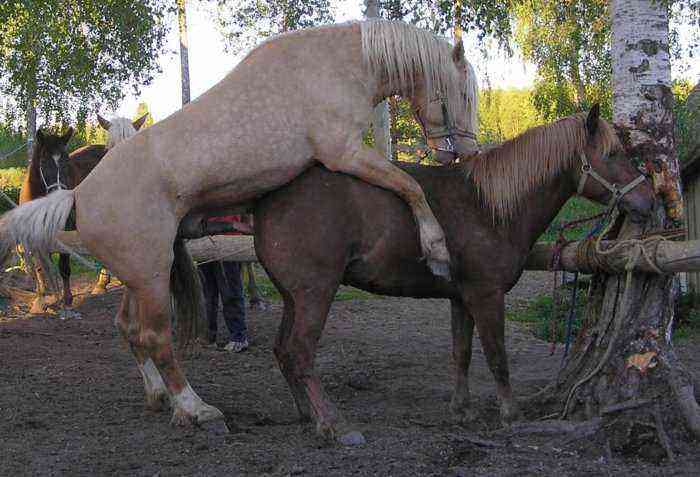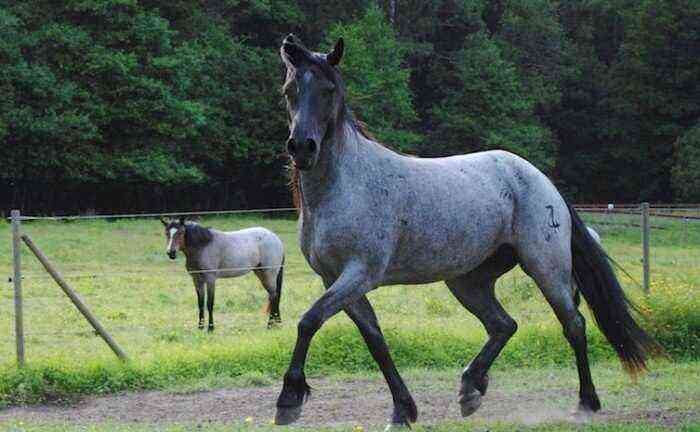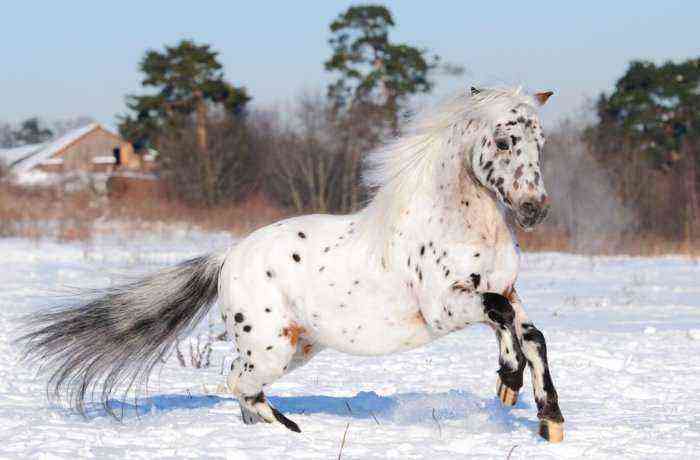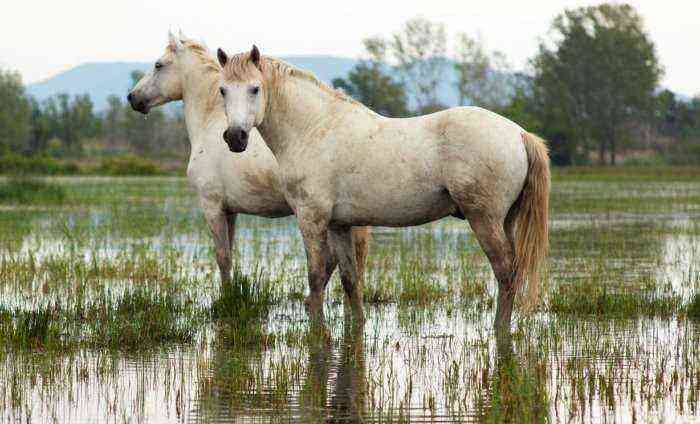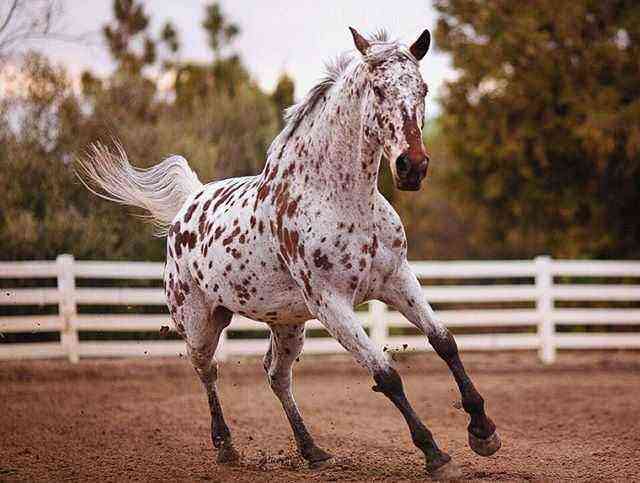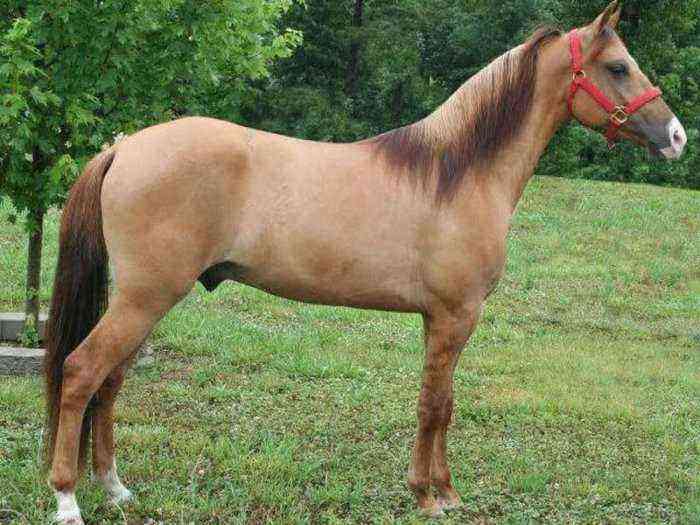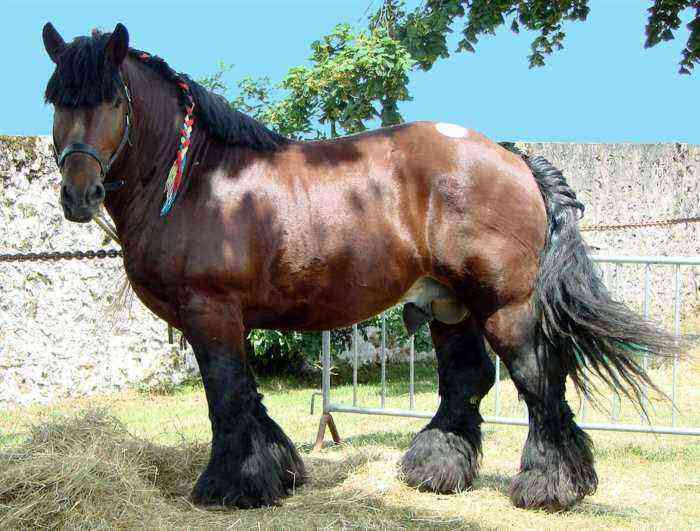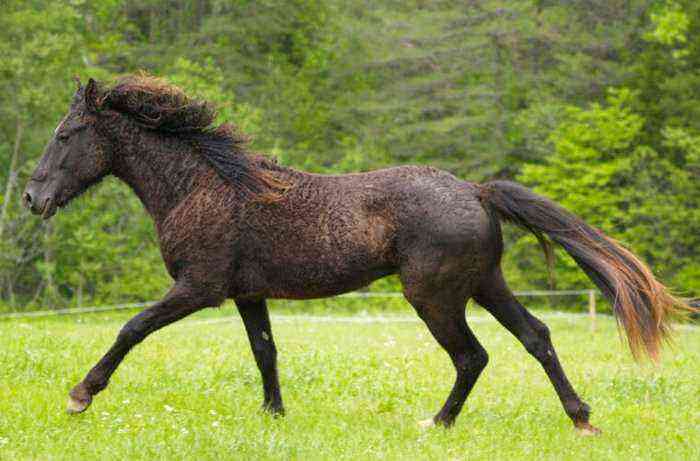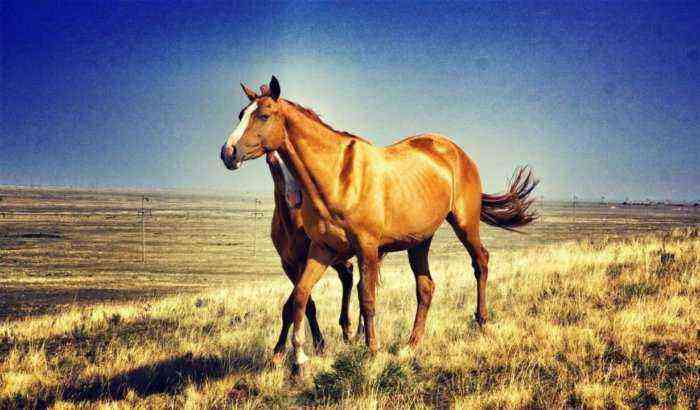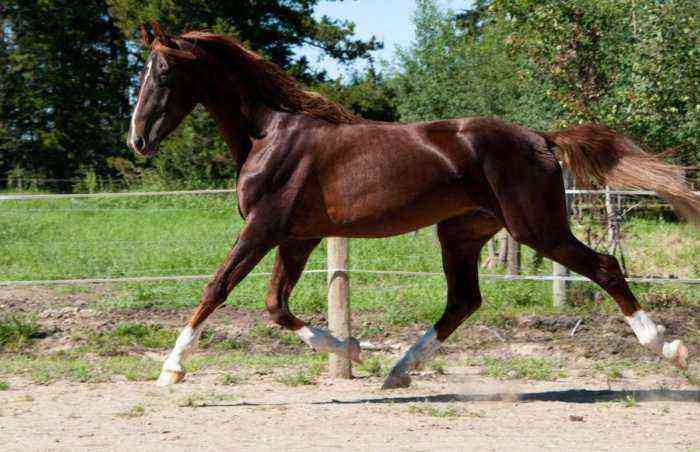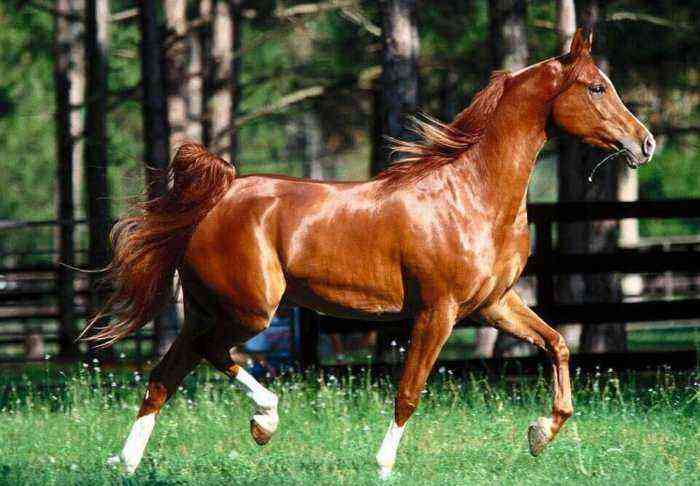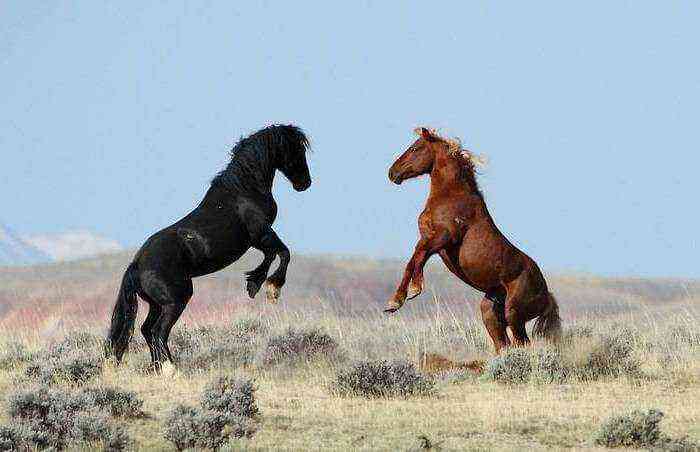Before you start equestrian sports or buy a horse, you need to ask what horse care includes. These animals need daily care. It is important to know not only what to feed the horse, but also how to properly equip the stall, how to care for the hair and mane, hooves, and teeth of the horse. Establishing contact with a pet is of great importance.
Horses in the stable
Keeping horses
There are various systems and ways of keeping horses:
- herd;
- stable;
- herd and pasture system.
Breeders choose the appropriate option, taking into account the peculiarities of the local climate. The first method involves keeping animals in conditions as close to natural as possible. At the same time, individuals are constantly on pastures, as in the wild.
With stable maintenance, animals stay indoors, but have the opportunity to go out for a walk. The last option is stable and pasture, suitable for areas with cold winters. In the warm season, horses spend most of their time on the pasture, and in autumn they are transferred to the stable.
There are 2 ways of herd keeping:
- Improved herd. In this case, all members of the herd, regardless of gender and age, are kept together. During bad weather, portable structures with canopies are used to protect pregnant females, foals and producers. The remaining members of the herd hide in natural shelters.
- Cultural. Animals are divided into groups according to sex and age. For shelter from the weather, stationary reliable structures with canopies are used, and for especially vulnerable groups, equipped stables are created where horses stay during a severe cold snap.
Horse care rules
Caring for a horse at home is hard work. It includes various aspects:
- feeding;
- drinking;
- arrangement of the stables;
- hygiene;
- pet health care.
Horse care at home
Attention! Proper handling of an animal is an important part of caring for it. Horses are noble creatures, they demand respect.
Arrangement of the stable and maintenance of cleanliness
A room for horses is built on a hill, where groundwater occurs at a depth of at least 1 meter. By placing the stable in a lowland, the owner of the horse will expose him to diseases due to constant dampness. In winter, the temperature inside should be maintained within 7–10 degrees Celsius.
The stall is the place where the horse rests. Each individual is given about 12-14 square meters. m of free space. The compartments are separated by partitions. The height of the room is not less than 2,8 m. The floor is made at a slight slope of clay, wood or concrete. Its surface is covered with straw or sawdust. Inside there should not be thresholds and sharp corners, otherwise the animals will get hurt.
Attention! The stall is equipped with windows, as poor lighting affects the health of animals and reproductive function.
A feeder is placed near one of the walls. Many breeders use a trough – it is roomy and comfortable. The container is divided by a partition into 2 compartments – for hay and concentrates. The manger is equipped with a lattice. There should be a drinking bowl nearby. Horses drink a lot – 40-60 liters per day. It is important to keep the water clean.
Food
Having equipped the stable, you should figure out what and how to properly feed the horse. The daily diet of horses includes:
- oats – 5-6 kg;
- hay (meadow and legume-cereal) – 7 kg;
- bran – 1,5 kg;
- carrots – 5-6 kg;
- beets;
- apples.
Attention! The horse should receive salt daily. A lick briquette is fixed next to the feeder. The animal will lick off as much salt as needed.
Poor quality food can make a horse sick. It is important to check it for mold and avoid feeding it with rotten vegetables. Hay is distributed 4 or 5 times a day, and concentrated feed – three times a day. Before each meal, the animals are watered.
hay for horses
The transition to grazing is carried out gradually. A sudden change in diet leads to digestive disorders. It is not uncommon for horses to develop colic due to eating large amounts of clover and alfalfa. It is important to avoid pastures where a lot of legumes grow.
When the horses are working, you need to give them the opportunity to rest. This is done every 2-3 hours. During the break, the horses are given a snack. If the rest is short – up to half an hour, they offer a little oats, in other cases they are fed first with hay, and then with concentrates. After eating, pets are attracted to work no earlier than an hour later.
Horse cleaning
For daily care of a horse, you will need special equipment:
- Whalebone brush. It is used to clean the limbs from dry contaminants – the remnants of soil and droppings.
- Brush with soft bristles. It cleans the torso, neck, mane and tail.
- Scrapers. They are designed to remove dust from the brushes.
- A tool made of plastic or metal, a scraper, is used to remove moisture from the body.
- Combs. With their help, they put in order the hair in the mane and tail.
- Sponges of different colors to remove dirt in the eye area and croup.
- Hooks and brushes for cleaning hooves.
- Mittens, cloth. With their help wipe the wool.
Cleaning the horse should begin with the most uncontaminated parts of the body – from the head and neck, gradually moving down. The brush is taken in the right hand. First, it is carried out against hair growth, and then they make several movements in the opposite direction. As necessary, the inventory is cleaned with a comb, which is convenient to hold in the other hand.
Attention! Heavily contaminated areas are pre-moistened with warm water, then gently rubbed with straw bundles. After the procedure, the remaining moisture is removed with a scraper.
After horse riding or intensive work, it is important to inspect the hooves. Clean them with hooks. The arrow area is treated with a special brush. At the final stage of cleaning, the pet’s body is wiped with a dry cloth or suede.
Bathing
Horses are bathed only in the warm season, when the air temperature reaches +20 degrees. If there is a small reservoir nearby, you can wash the horse there. Otherwise, use a hose. Bathing is carried out every 10-14 days.
Bathing horses
How do they wash animals?
- special detergents for horses;
- baby shampoo;
- plain water.
Attention! Veterinarians do not recommend using soap for bathing a horse, as it dries the skin.
First, the wool is abundantly moistened with warm water, then shampoo is applied, distributing the foam throughout the body. Wash off the detergent thoroughly. With the help of a water separator, the remaining moisture is removed from the wool. At the final stage, the body of the animal is wiped dry with a cloth. After bathing, the horses are given drink and hay.
Mane care
The mane is the decoration of the horse. She requires careful care. It is washed as it gets dirty – in some individuals, the hair gets greasy quickly, in others it stays clean longer. To wash the mane and tail, use a special shampoo and conditioner.
The procedure itself is no different from washing a person’s hair. It is important to ensure that the product does not get into the eyes. After washing, the hair is combed and allowed to dry. If necessary, the mane is braided. There are several interesting hairstyles for horses:
- Western film;
- hunting pigtails;
- continental braids.
Attention! Sometimes horses gnaw each other’s manes. To avoid this, aerosols with a repulsive odor are used.
Hoof care
The horse’s hooves are inspected daily after training or hard work. To relieve fatigue, the legs of the animal are poured with cool water, cleaned, and then lubricated with fat-containing products. Dried manure, pebbles and remnants of soil must be removed from the hooves with a hook, trying not to touch the arrow so as not to damage it. This area is cleaned with a brush.
Attention! The regrown stratum corneum is removed every 1–1,5 months.
If the horse regularly works on hard ground, it is shod. It is better to entrust the procedure to a specialist. He will not only correctly select the size of the horseshoes, but will not harm the pet.
Horse health care
In the absence of proper care, the horse can get sick. These animals, like people, suffer from various ailments:
- infectious;
- skin;
- parasitic;
- diseases of the digestive system, etc.
Horse examination by a veterinarian
The most dangerous infections for horses are anthrax, glanders, leptospirosis, tuberculosis, tetanus, and rabies. They quickly spread from one individual to another and can lead to loss of livestock. To protect your pets, it is important to keep your vaccinations up to date. There are vaccines for skin diseases. They protect animals from various types of dermatomycosis.
It is important to regularly carry out the prevention of helminthiasis. This is usually done twice a year – in spring and autumn. Do not neglect veterinary research on the subject of horse dousing, as well as regularly check the condition of the teeth of horses.
Rules for the treatment of horses
Noble animals require respect. You can’t yell at them, let alone hit them. Horses are quite shy, so before entering the stable, you should first call the horse, attract his attention, and then approach him. Forbidden:
- bypass the horse from behind or crawl under its belly while in the stall;
- bring your fingers to your pet’s mouth;
- let go of the reins, leading the horse out of the stable;
- walk to the right of the horse;
- saddle a horse, finding wounds, scuffs, bumps on the body;
- pull the bridle and demonstrate rudeness.
Attention! Horses can’t stand the smell of alcohol. Do not approach them after drinking alcohol.
Horse care is not easy. This is a big responsibility and work. If you want to buy a horse, you need to understand that its maintenance will not only entail serious material costs, but will also take a lot of time.
